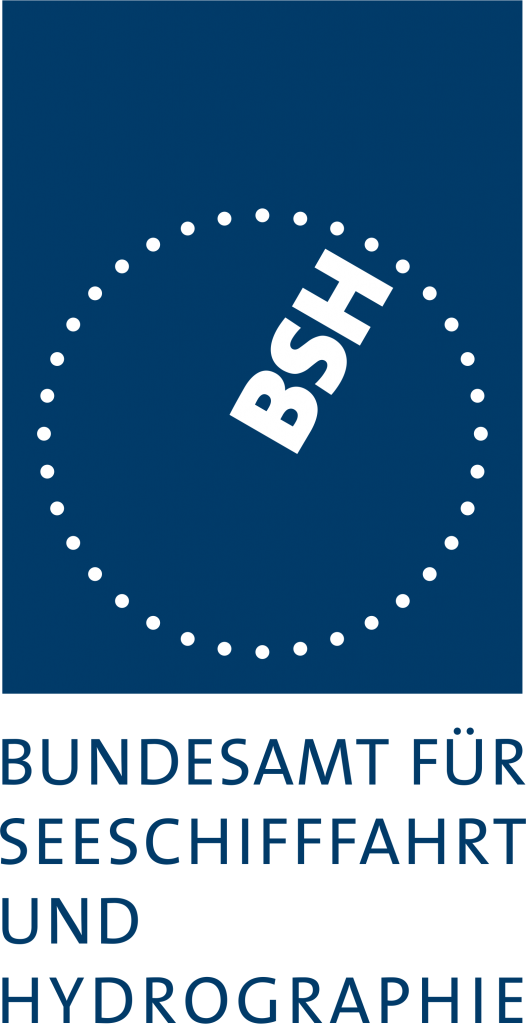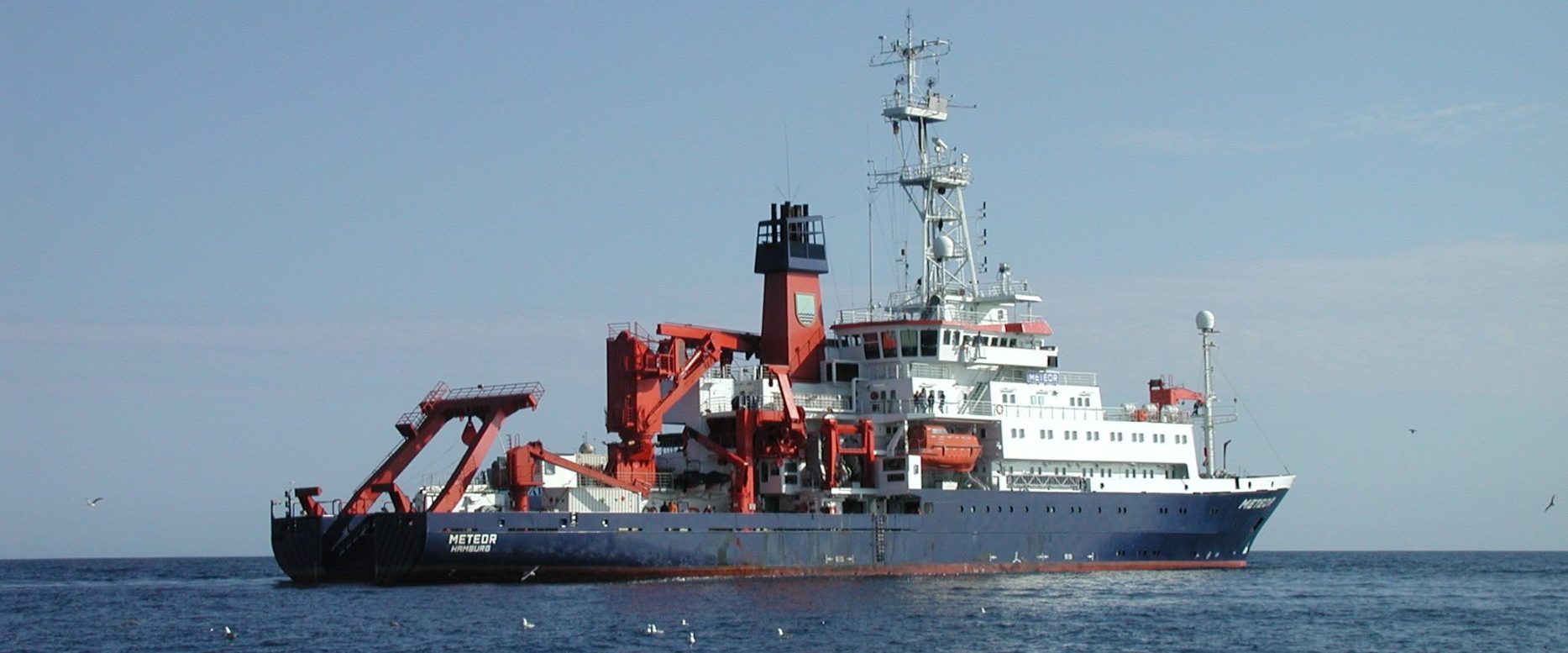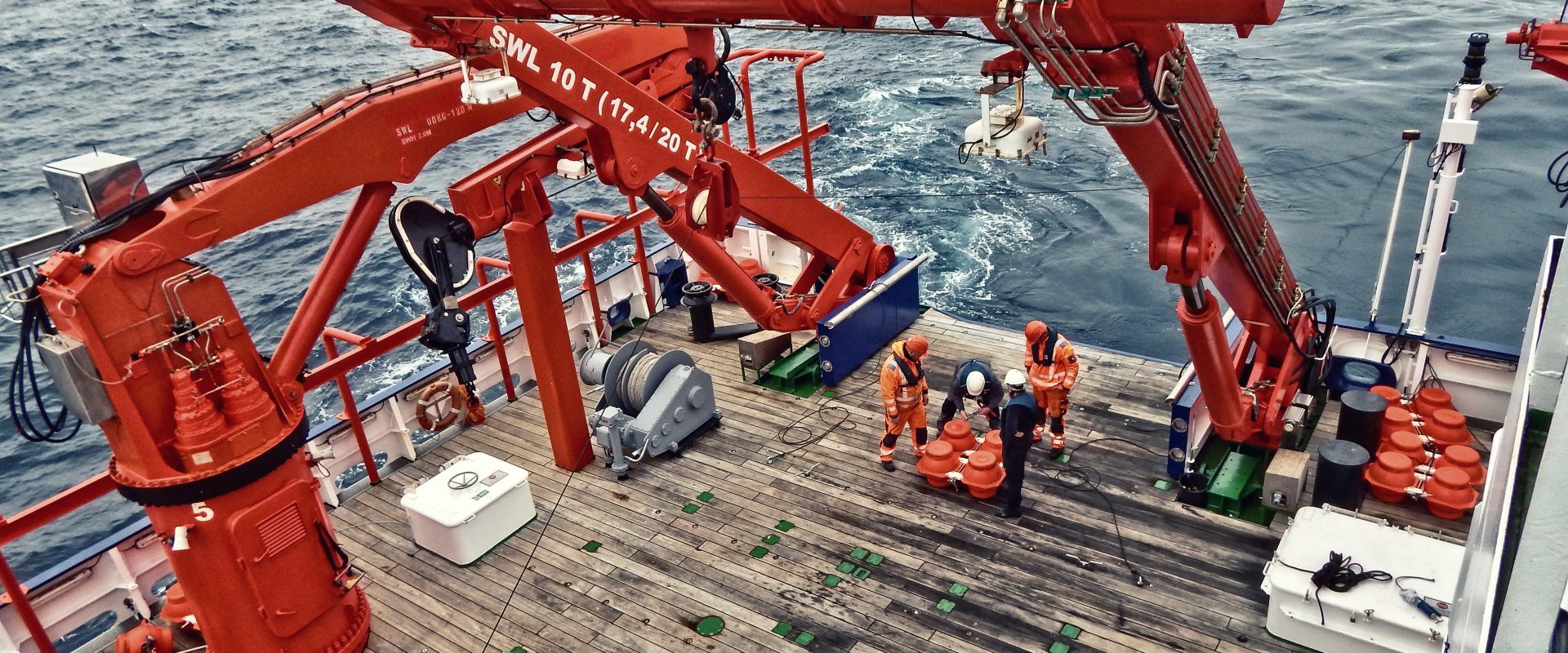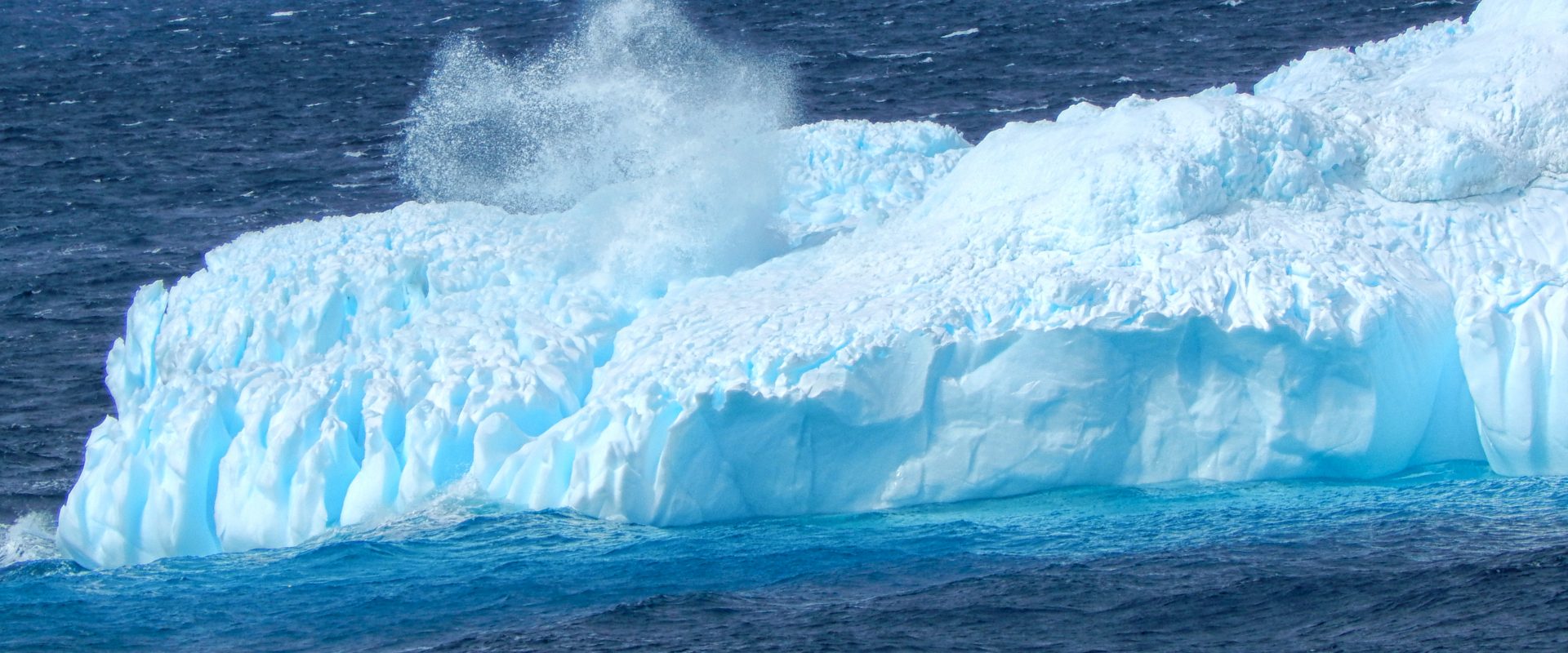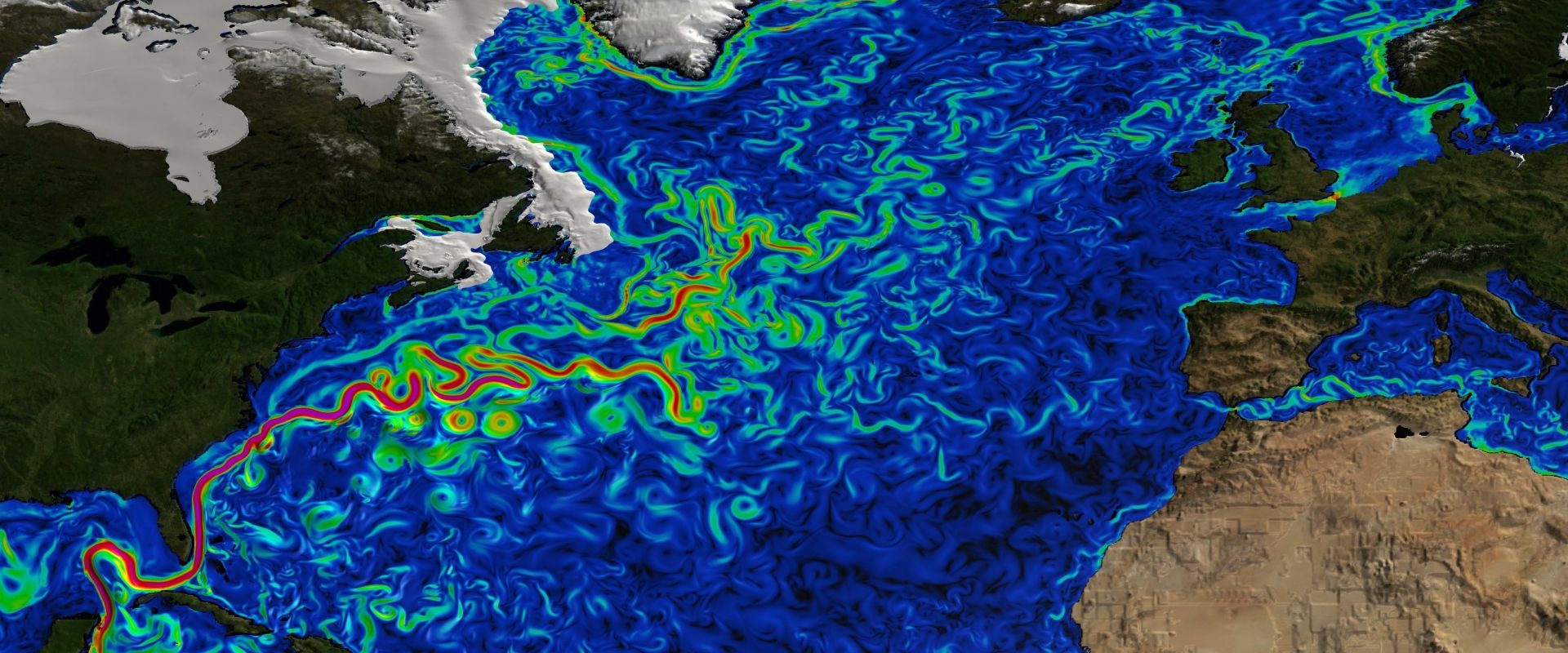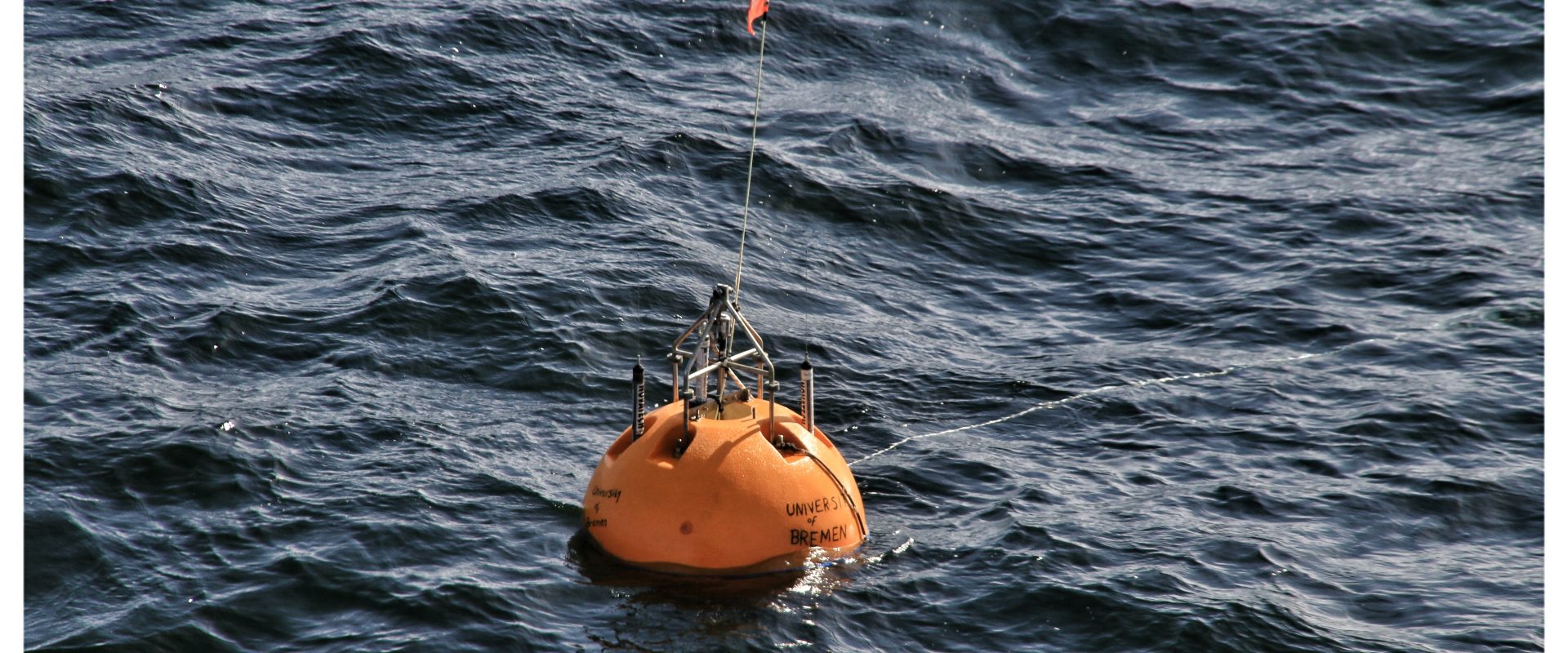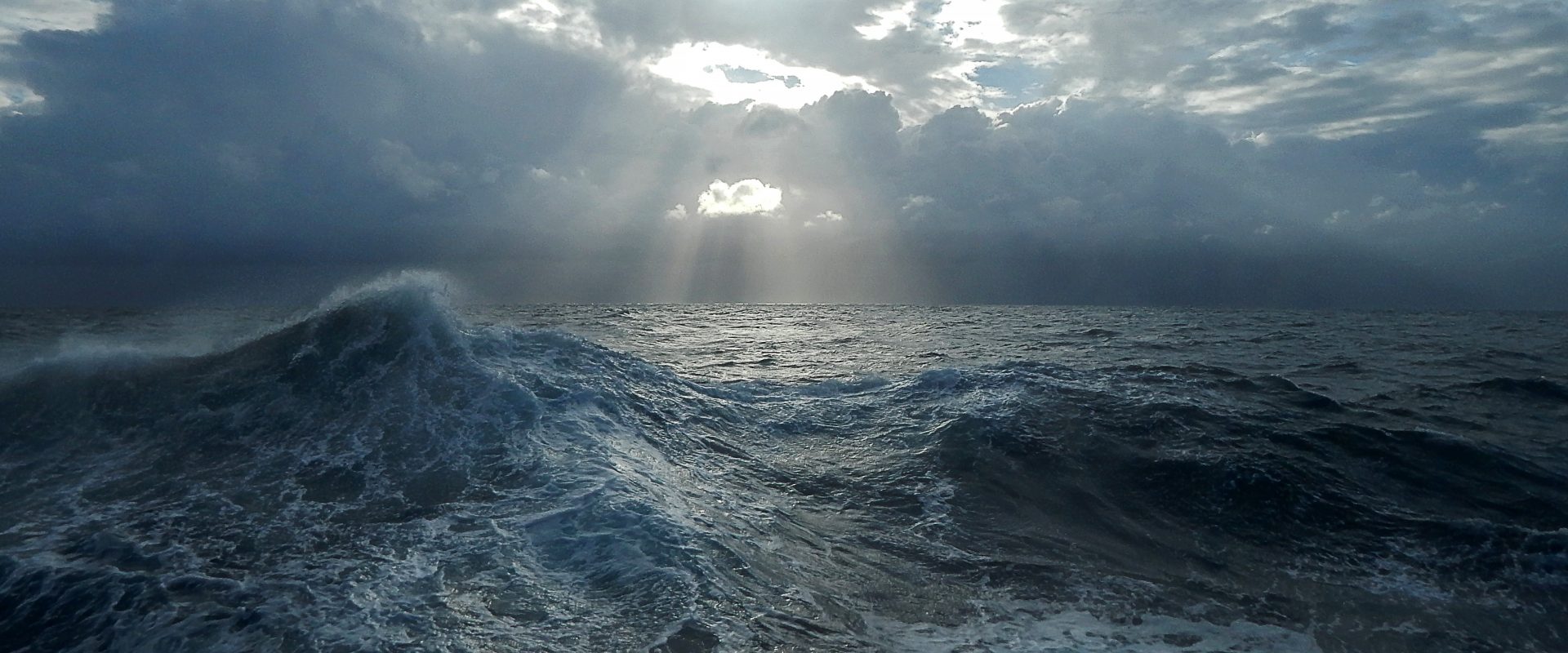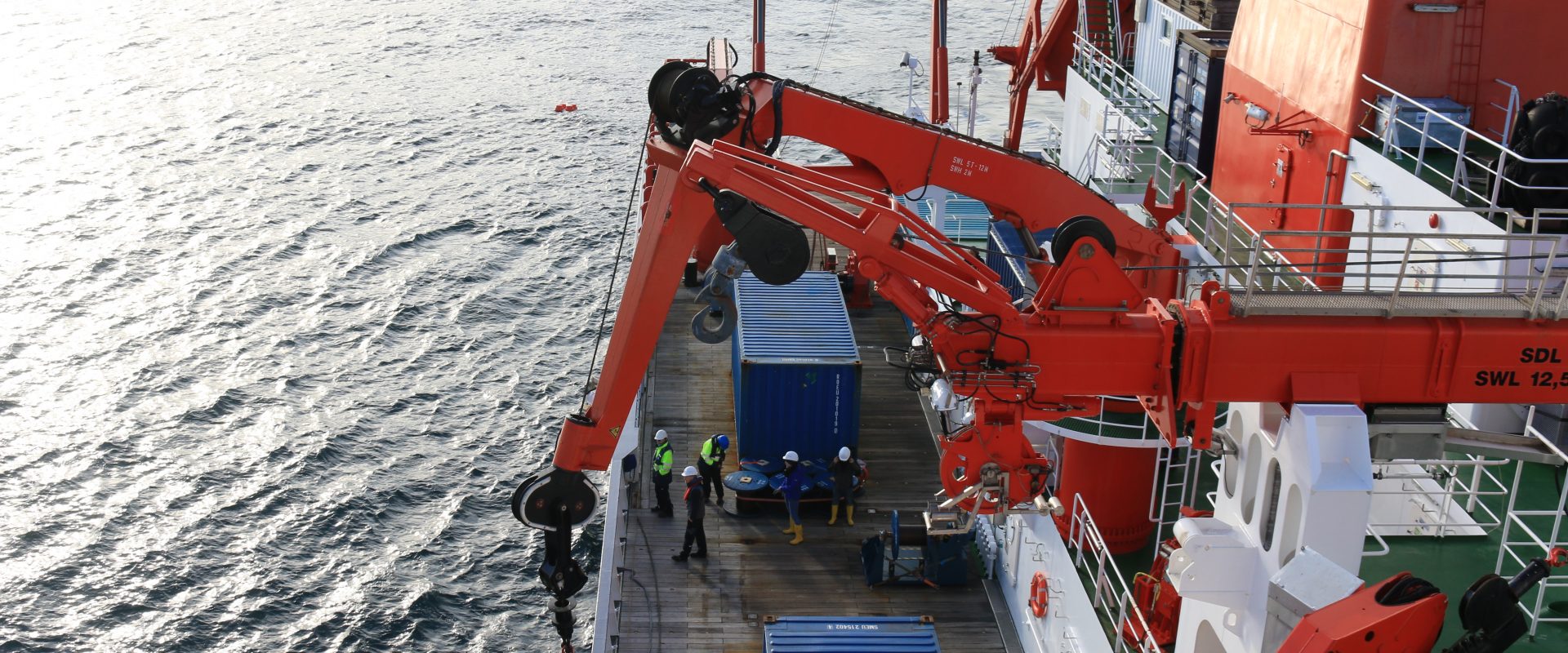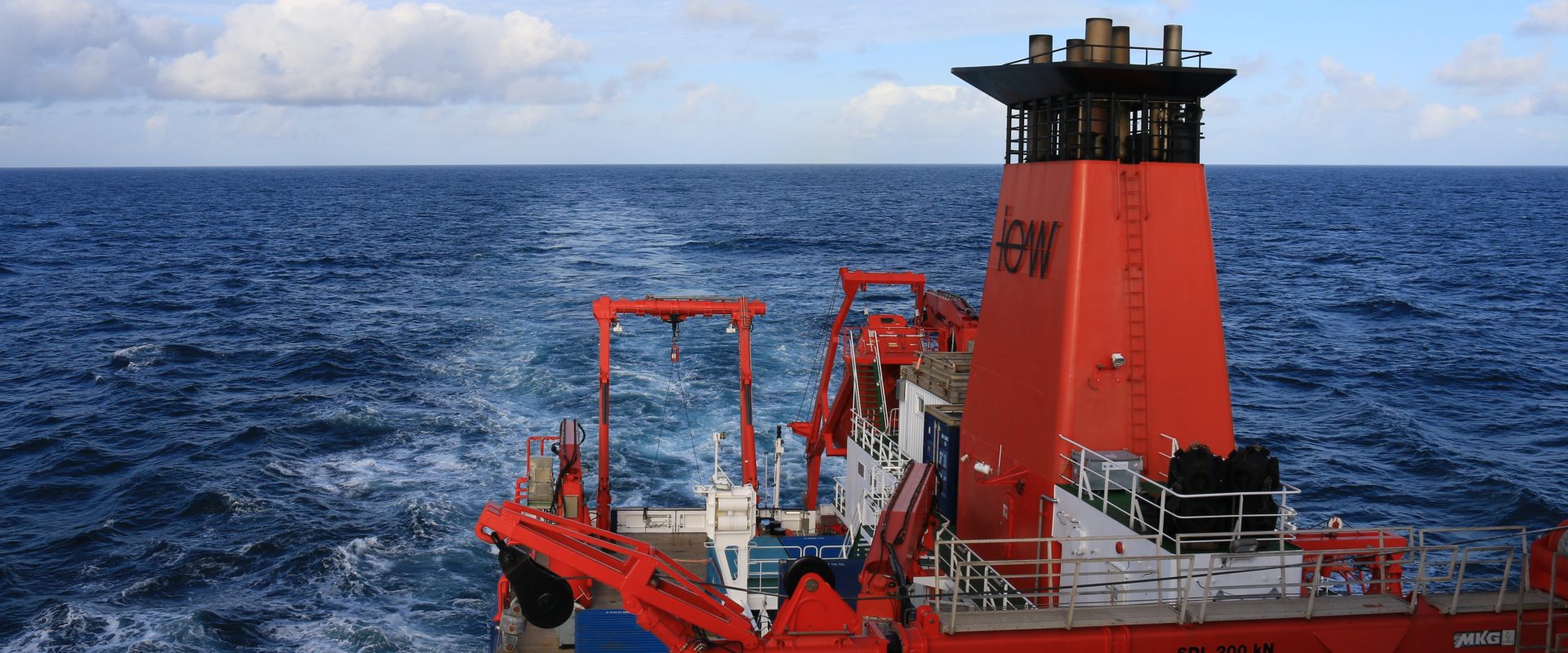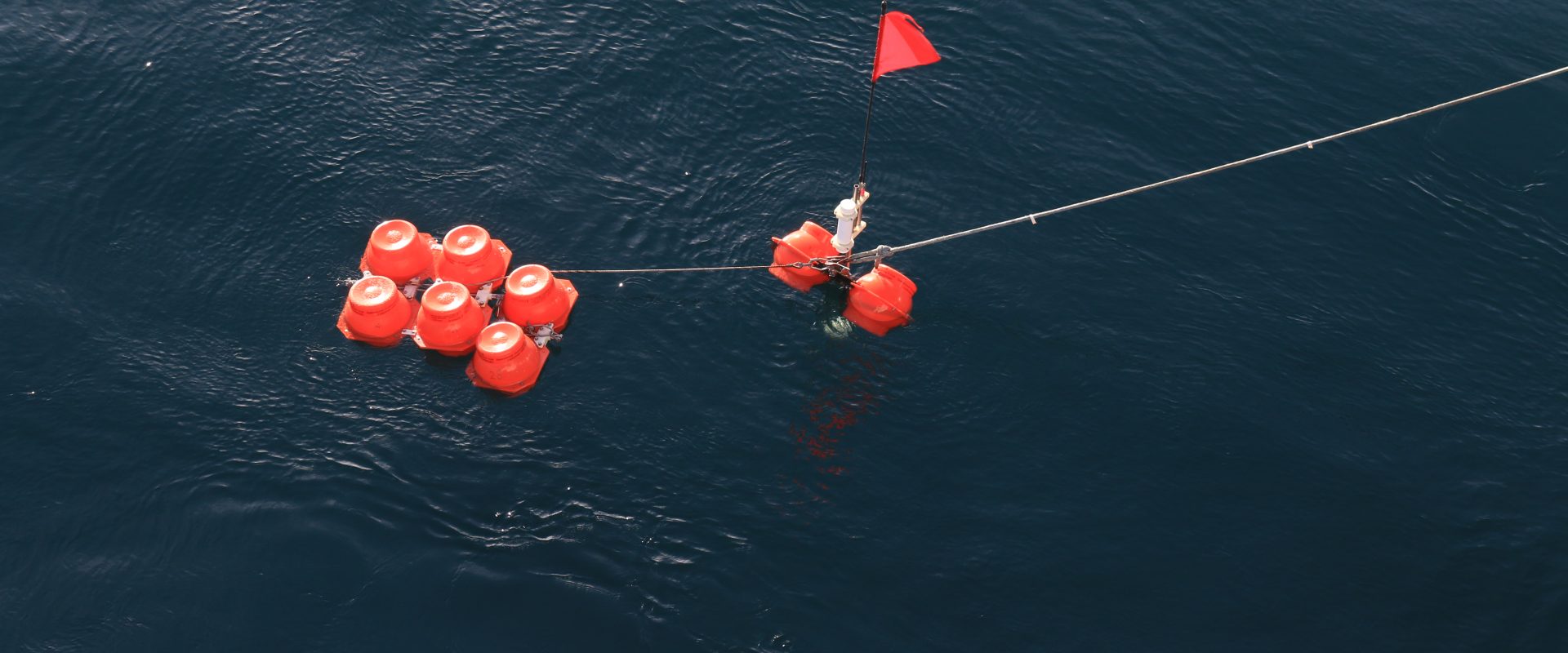
The currents of the Atlantic Ocean impact life in Germany in many ways. The Atlantic Ocean currents influence
- the mild climate in Western and Northern Europe
- the oceanic uptake of greenhouse gases such as carbon dioxide and due to this the response of the climate system to anthropogenic climate change
- the sea level height of the North Sea
- the oceanic oxygen content and nutrient distributions, which impact marine ecosystems and therefore the fisheries sector
- rainfall variability over Africa and South America, and have therefore an important socio-economic impact
For reliable projections of the impacts of climate change, comprehensive long term measurements and realistic model simulations are necessary. This is what we are working on in the project RACE-Synthesis as a collaboration of all large German ocean research institutes. The insights from our research contribute to the knowledge which is needed to cope with climate change and to transition to a sustainable society. This kowledge is used in political decision processes, such as the German strategy to adapt to climate change (Deutsche Anpassungsstrategie an den Klimawandel – DAS)
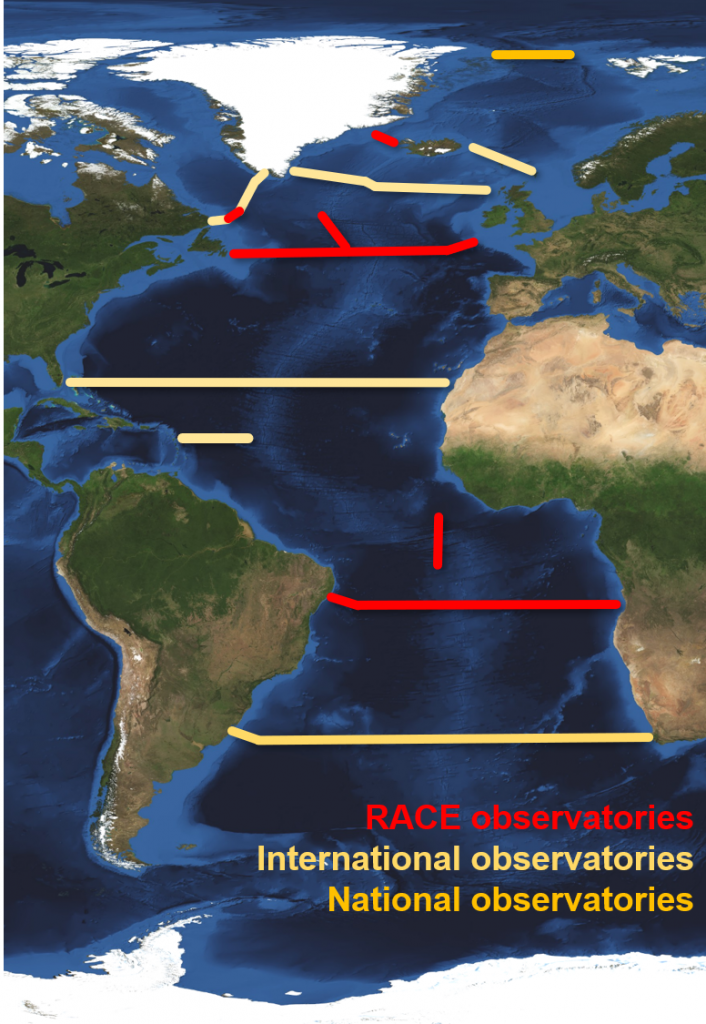
Scientific questions
- What is the current condition of the Atlantic circulation?
- Which changes of the circulation are expected in the next 10 – 100 years?
- What are the impacts on the ocean, the climate system, the European Shelf, and on coastal protection in Western Europe and Germany?
Methods
- Long term observations in key regions with state-of-the-art technology and optimized measuring strategies
- Realistic simulations of the ocean circulation over decades
- Synthesis of observations and model simulations
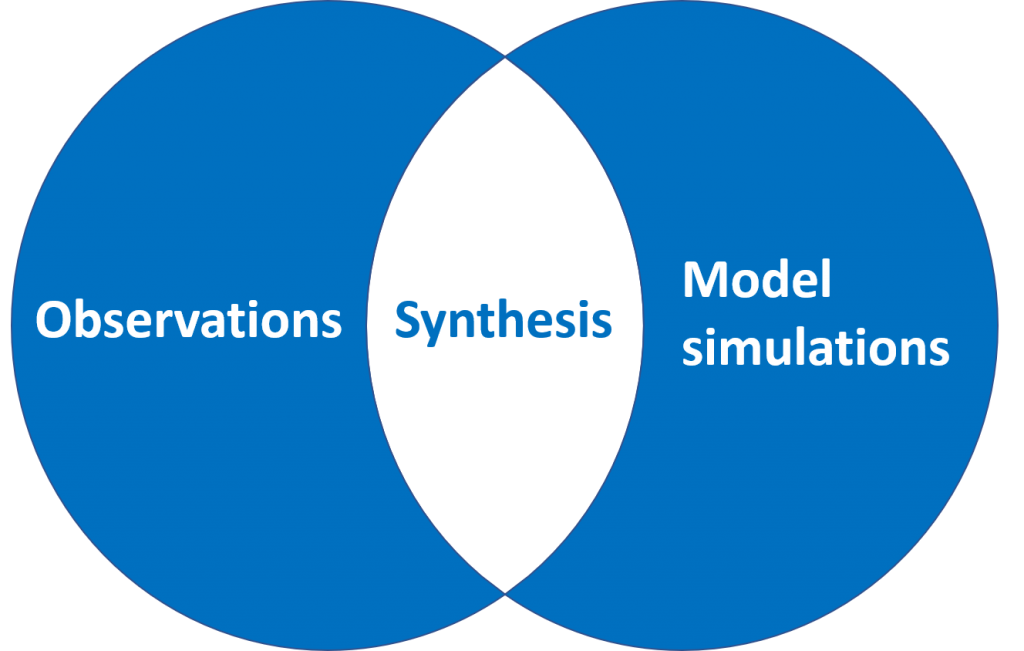
Funded by

Participating institutions





